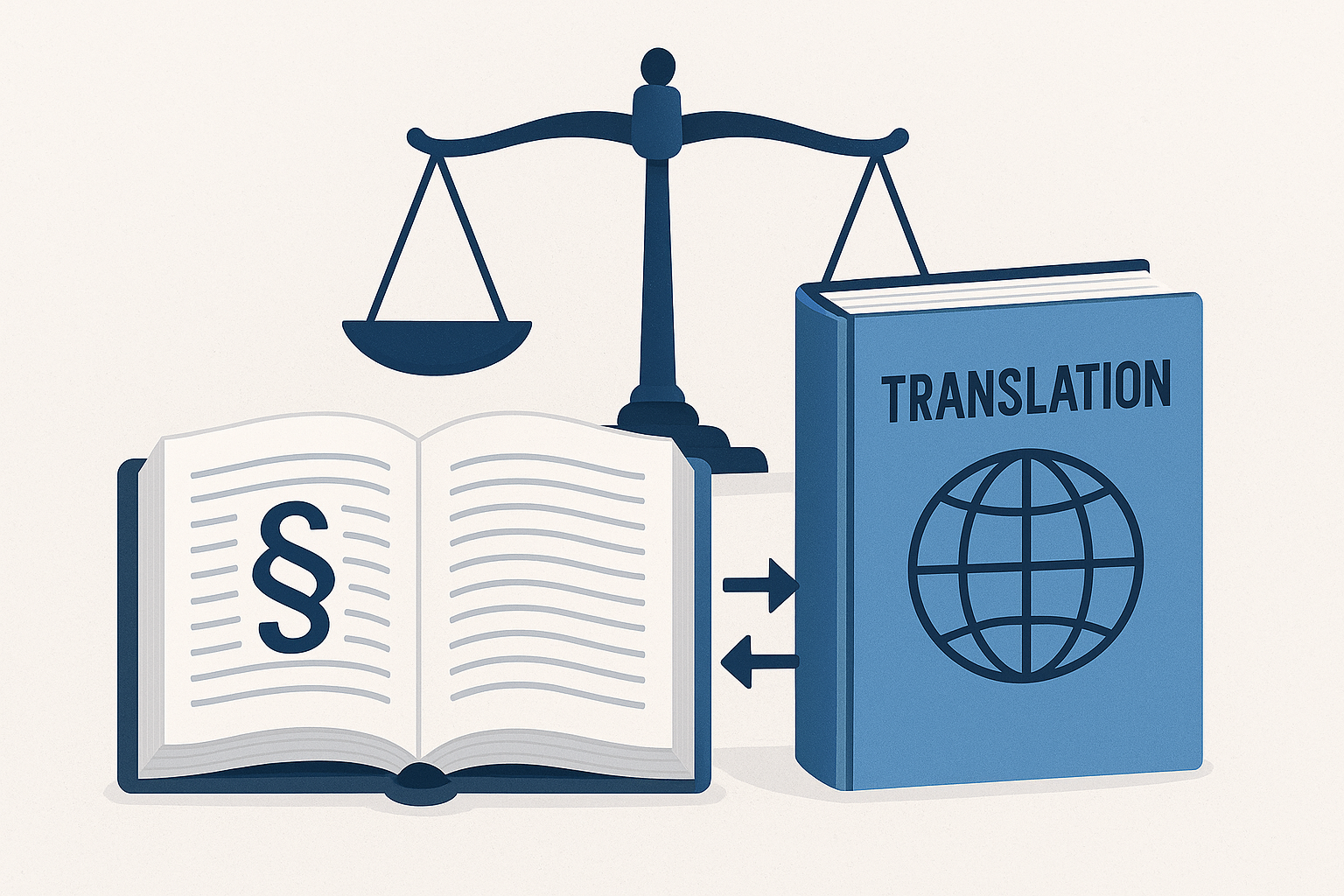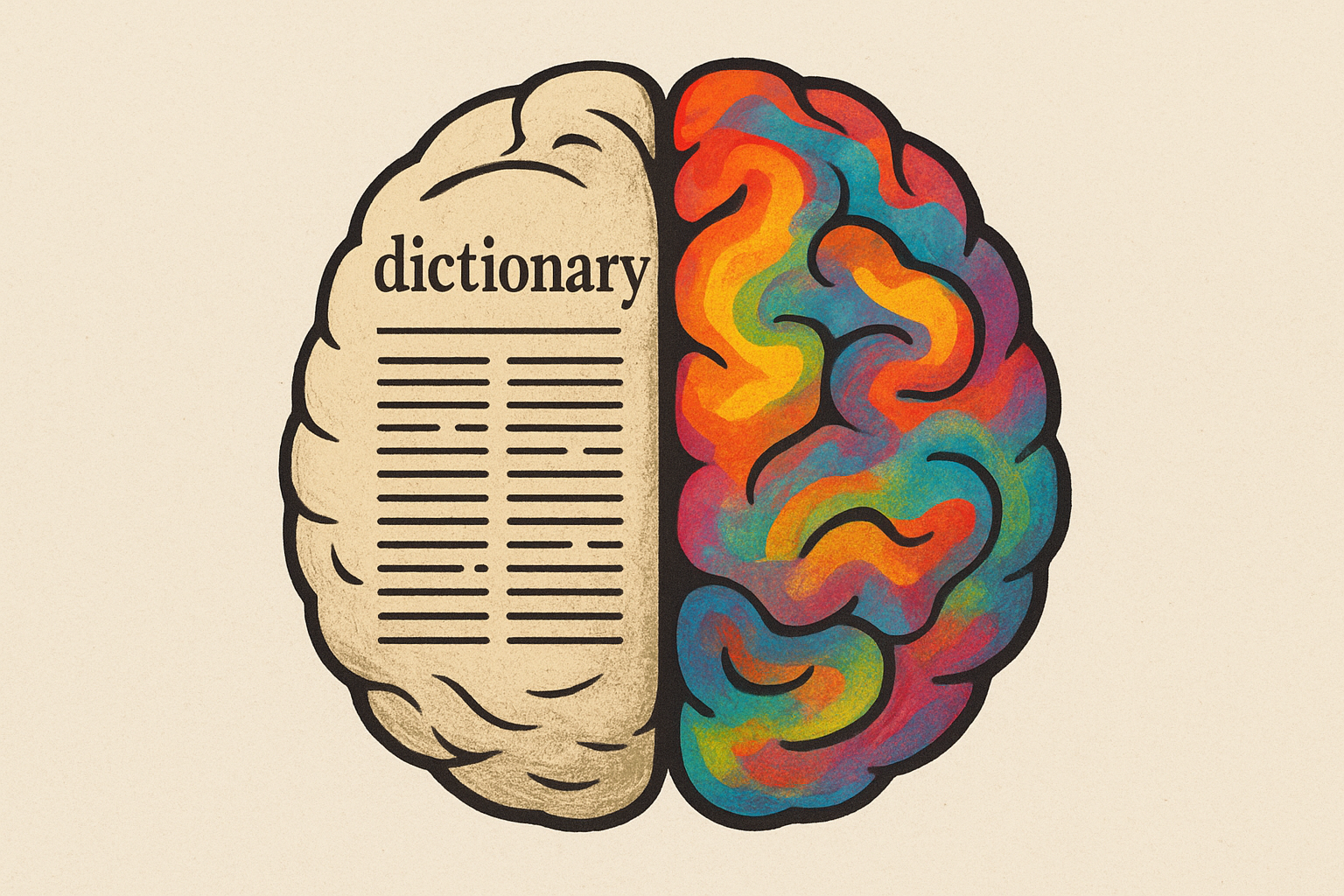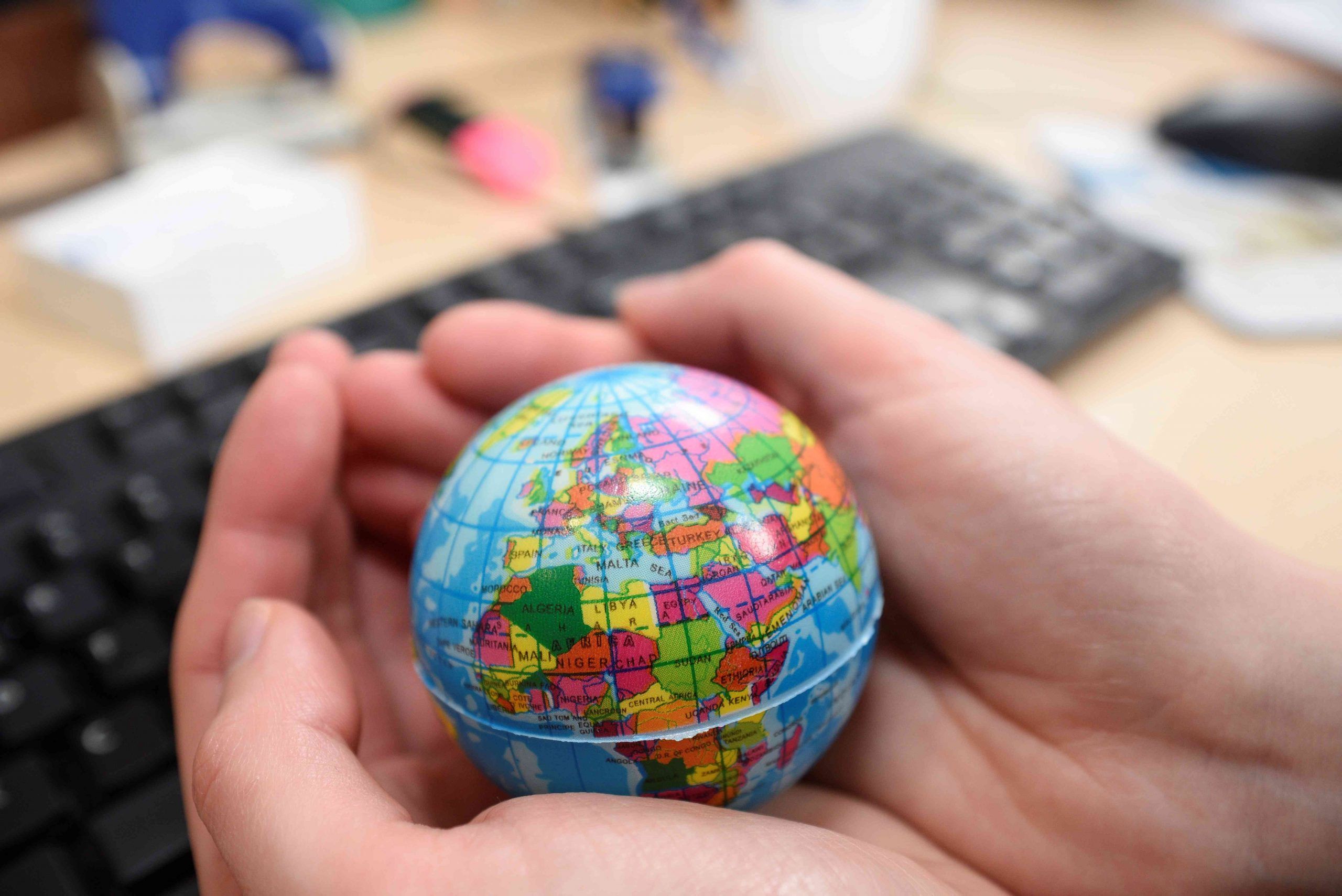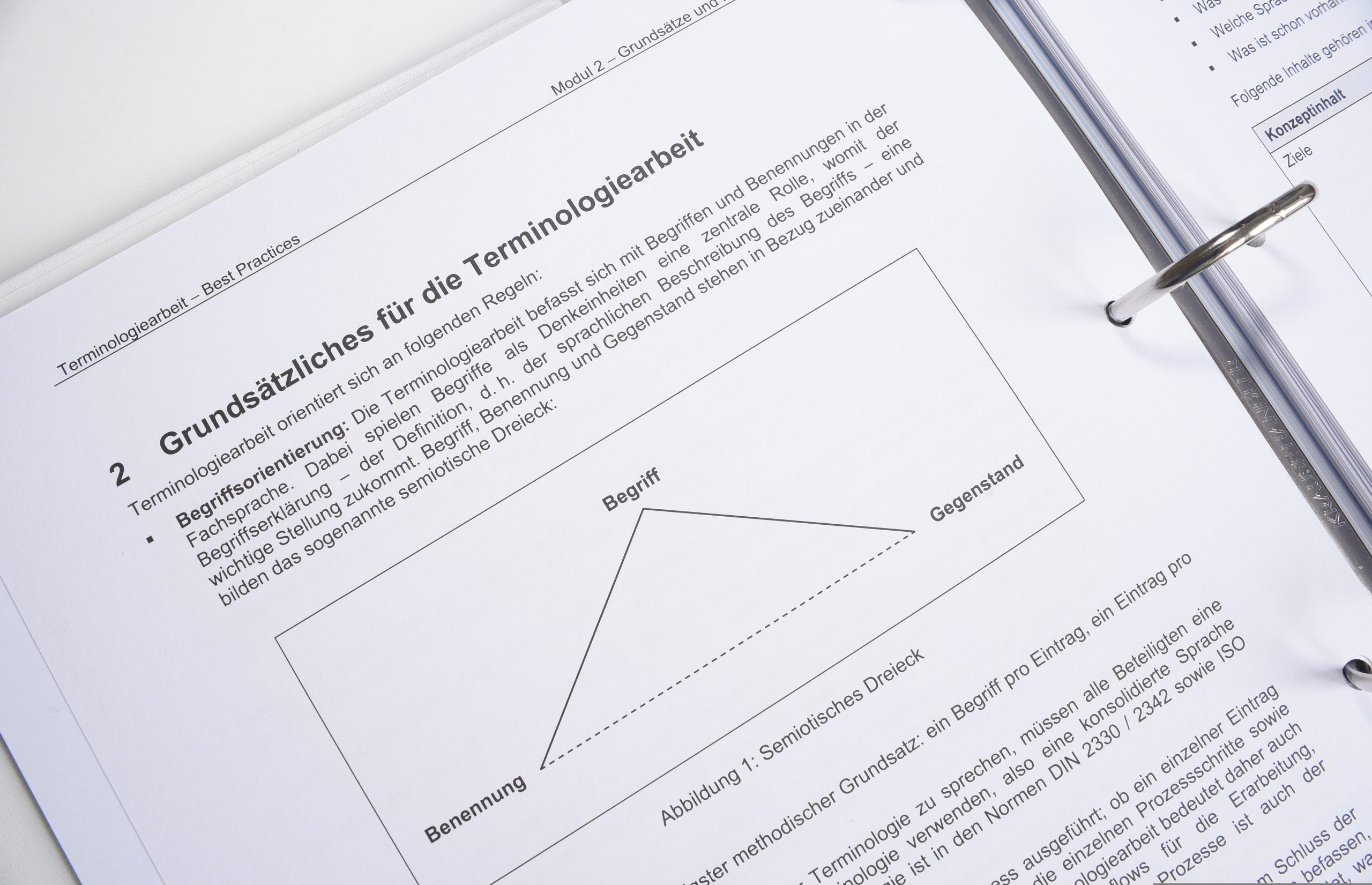Machine translation on trial
Why even the smartest AI can’t guarantee legal precision – and what’s at stake when things go wrong.
AI translation tools are getting faster and smarter – but when precise legal meaning is at stake, speed is not the only thing at play. A mistranslated word in a legal document could cost thousands – or derail a case entirely.
In recent years, legal professionals have increasingly experimented with AI‐assisted translation for documents such as contracts, court submissions and procedural filings. While these fast – and often free – tools promise efficiency, and can sometimes be helpful in offering a rough sense of a text, their limitations are far from trivial. Even seemingly minor errors –misused terminology, over-clarified ambiguities or misinterpreted jurisdictional nuances – can carry serious consequences. What’s at stake is much more than linguistic accuracy, but potentially the outcome of a legal dispute.
Risk of terminology and context errors
Legal texts are full of specialised terms whose meanings depend heavily on context. A clause that seems clear in one legal system may become ambiguous – or even alter in meaning – once translated into another country’s legal language. Recent studies show that human translators greatly outperform AI when it comes to clarity and a knowledge of legal terminology. For instance, a 2025 comparative study published in the International Journal of Language & Law found that while human translators consistently applied precise legal terms, AI models like ChatGPT would often use less accurate and more general terms. As an example of the risks of machine translation, a mistranslation of an indemnity clause or failure to capture differences in contract law (e.g. “liability”, “warranty”, “force majeure”) could completely change which party bears what risk. There is also a great danger of developing an over-reliance on technology in the legal world; treating AI outputs as infallible (when they can often be factually incorrect or fabricated for the sake of providing a response) can erode the critical thinking and professional judgment that legal practice demands.
The black box problem
One of the most critical differences between human and AI-generated translation lies in accountability. If a human legal translator makes a mistake, their work can be traced, reviewed and corrected through professional standards and established protocols. With AI, the translation process lacks this transparency. This is known as the “black box” problem – users of AI can see the input (the original text) and output (the translated text), but not how the system arrived at its decision. This lack of traceability can make it difficult to identify who is responsible when an error leads to legal misinterpretation. In regulated environments where every word might later be examined in court, this lack of explainability presents serious professional and ethical risks. Without the ability to interrogate an AI on how it arrived at a particular term or phrase, legal teams risk introducing uncertainty into the very documents that are supposed to bring justice and truth.
A matter of ethics
The use of AI in translation does not only bring the concern of technical errors; it also introduces a vast array of ethical implications. Lawyers have a professional duty to uphold accuracy, confidentiality and client trust – responsibilities that can be compromised when delegating sensitive tasks and providing private information to automated systems. Using AI-generated translations without proper oversight may violate principles of informed consent, especially if clients are unaware that their documents were processed by non-human tools. The use of AI in the translation of legal documents also raises significant data protection concerns. Many AI models operate in the cloud, meaning that sensitive information may be stored, used to train future models and then appear in another user’s AI output – a serious breach of regulations such as the EU’s GDPR. Fundamentally, when the legal system is supposed to rely on human judgment – from juries to lawyers and judges – the introduction of artificial intelligence places the courtroom, and the legal process more broadly, into a troubling grey area.
In contexts where a single word can help determine justice, rights and obligations, ethical lapses in the use of AI do not just risk bad outcomes – they risk undermining the integrity of the legal system itself. A single mistranslation can shift liability, void a contract or alter the course of a legal proceeding. That is why human translation in the legal field – and in general – is a must.
For over 25 years, Peschel Communications’ team of specialised translators have been combining their mastery of legal terminology and linguistic accuracy with their general knowledge of the law to produce technically precise, native-level translations. Read more about our experience in translating legal documents here.














